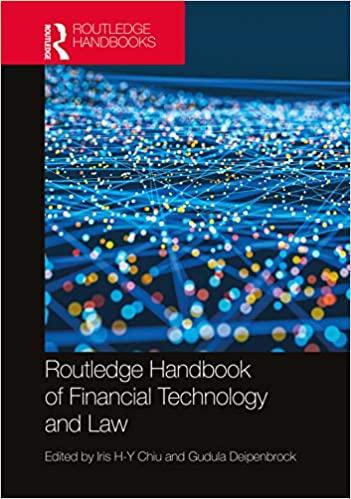Question
Q12. Everything else held constant, an increase in currency holdings will cause A) the money supply to rise. B) the money supply to remain constant.
Q12. Everything else held constant, an increase in currency holdings will cause A) the money supply to rise. B) the money supply to remain constant. C) the money supply to fall. D) checkable deposits to rise. Q13. The mound-shaped yield curve in the figure above indicates that short-term interest rates are expected to A) rise in the near-term and fall later on. B) fall moderately in the near-term and rise later on. C) fall sharply in the near-term and rise later on. D) remain unchanged in the near-term and fall later on. Q14. Everything else held constant, a decrease in holdings of excess reserves will mean A) a decrease in the money supply. B) an increase in the money supply. C) a decrease in checkable deposits. D) an increase in discount loans. Q15. The ratio that relates the change in the money supply to a given change in the monetary base is called the A) money multiplier. B) required reserve ratio. C) deposit ratio. D) discount rate.

Q11. The percentage of deposits that banks must hold in reserve is the A) excess reserve ratio. B) required reserve ratio. C) total reserve ratio. D) currency ratio. Q12. Everything else held constant, an increase in currency holdings will cause A) the money supply to rise. B) the money supply to remain constant. C) the money supply to fall. 4 D) checkable deposits to rise. = Yield to Maturity Term to Maturity Q13. The mound-shaped yield curve in the figure above indicates that short-term interest rates are expected to A) rise in the near-term and fall later on. B) fall moderately in the near-term and rise later on. C) fall sharply in the near-term and rise later on. D) remain unchanged in the near-term and fall later on. Q14. Everything else held constant, a decrease in holdings of excess reserves will mean A) a decrease in the money supply. B) an increase in the money supply. C) a decrease in checkable deposits. D) an increase in discount loans. Q15. The ratio that relates the change in the money supply to a given change in the monetary base is called the A) money multiplier B) required reserve ratio. C) deposit ratio. D) discount rate
Step by Step Solution
There are 3 Steps involved in it
Step: 1

Get Instant Access to Expert-Tailored Solutions
See step-by-step solutions with expert insights and AI powered tools for academic success
Step: 2

Step: 3

Ace Your Homework with AI
Get the answers you need in no time with our AI-driven, step-by-step assistance
Get Started


